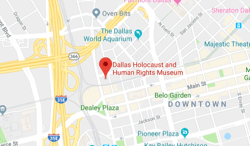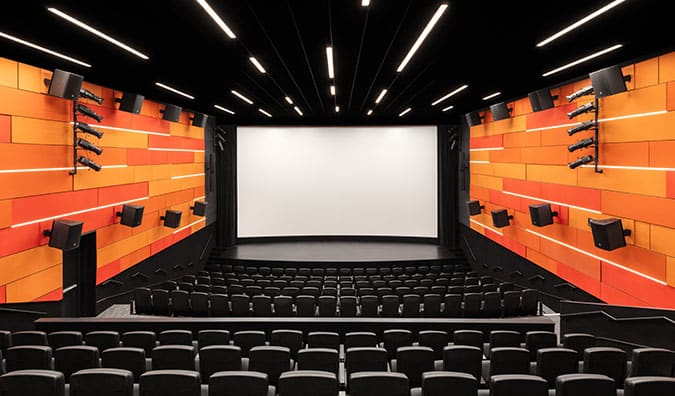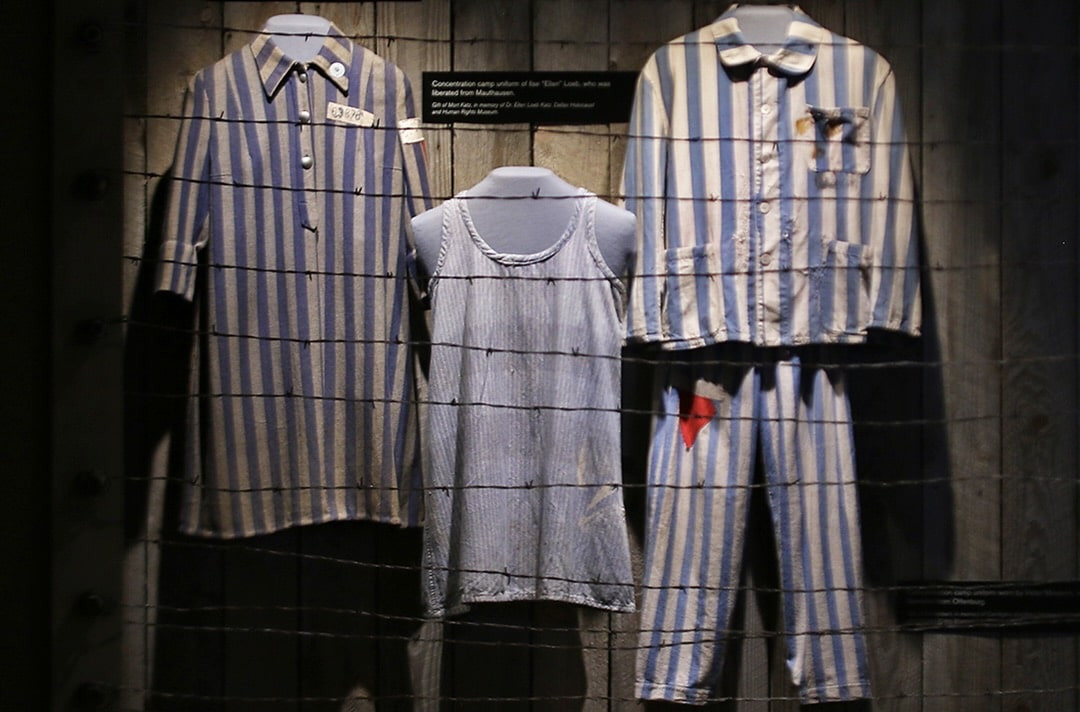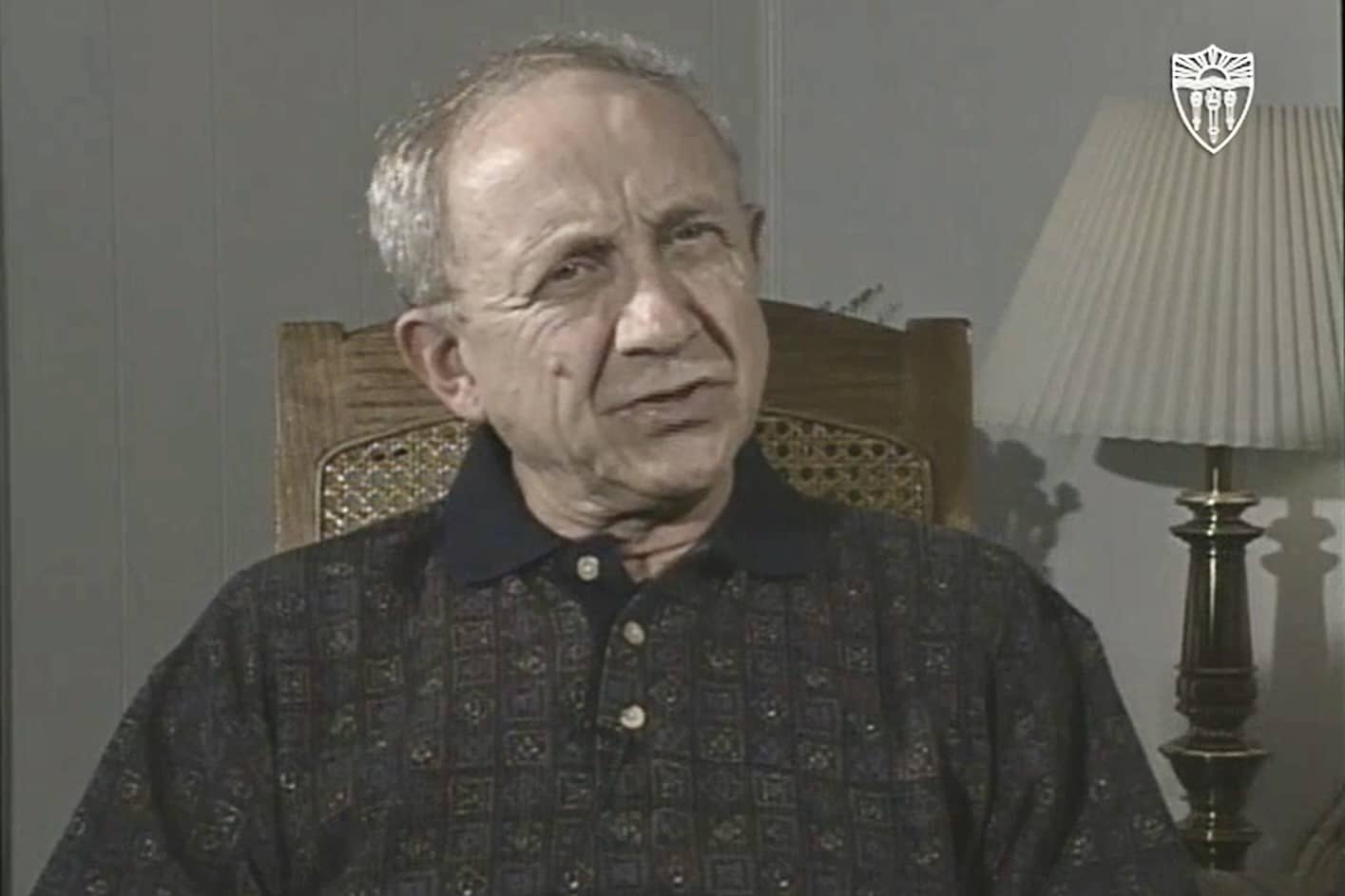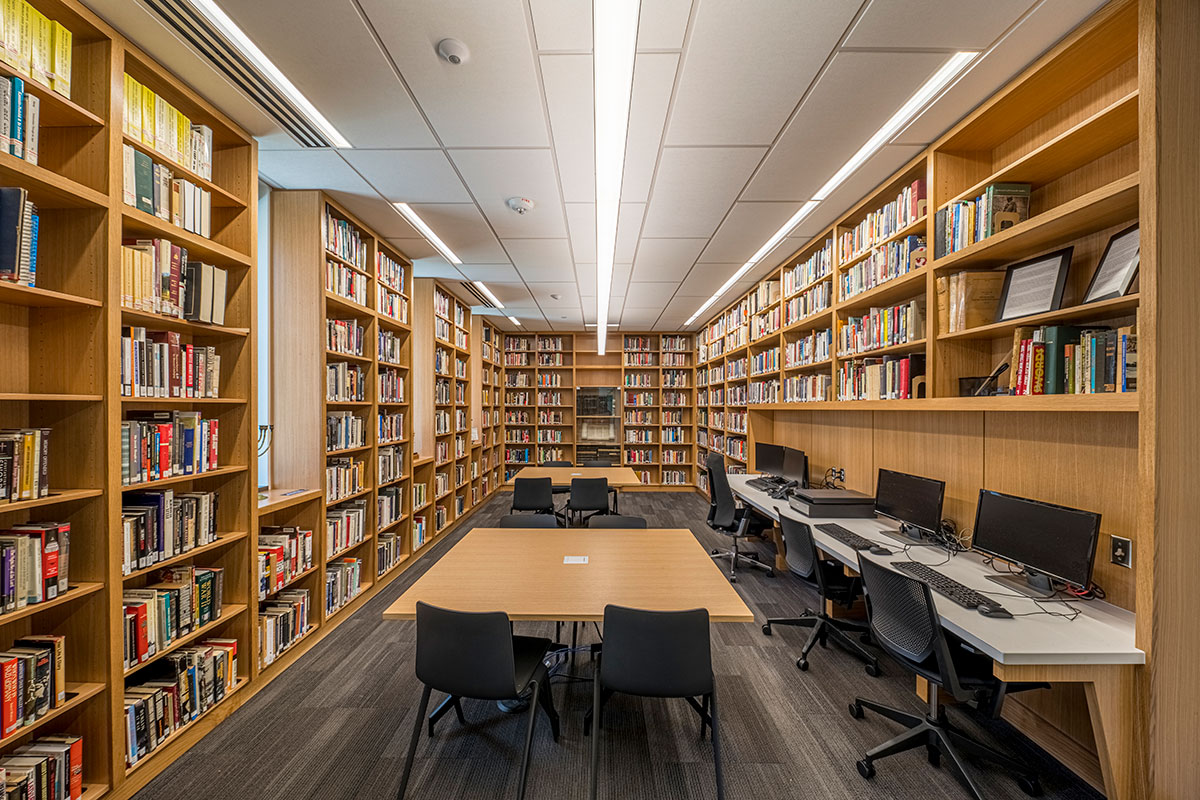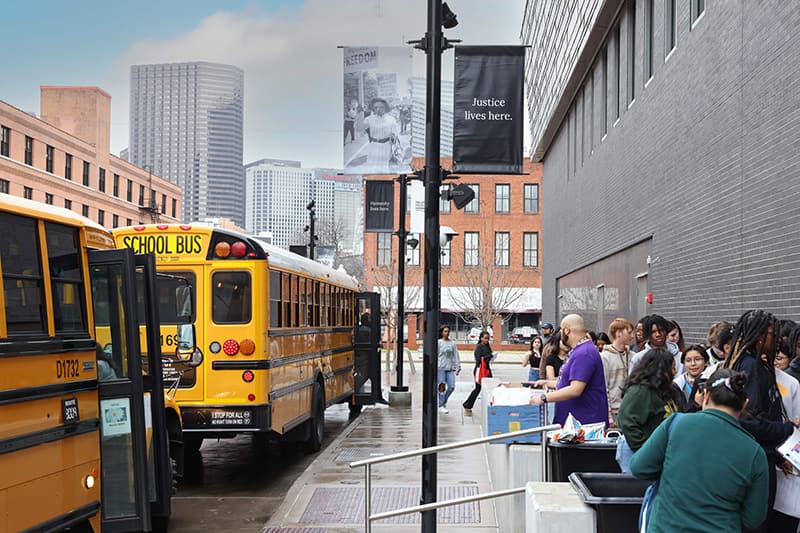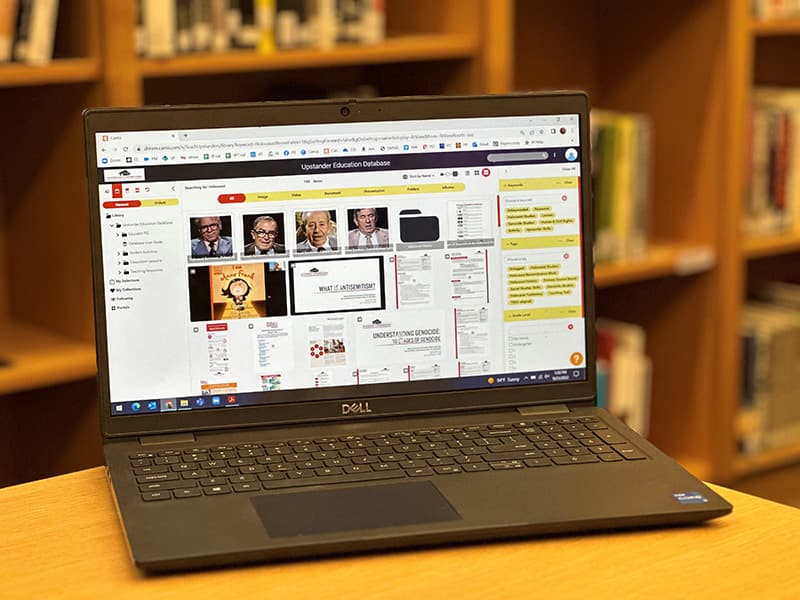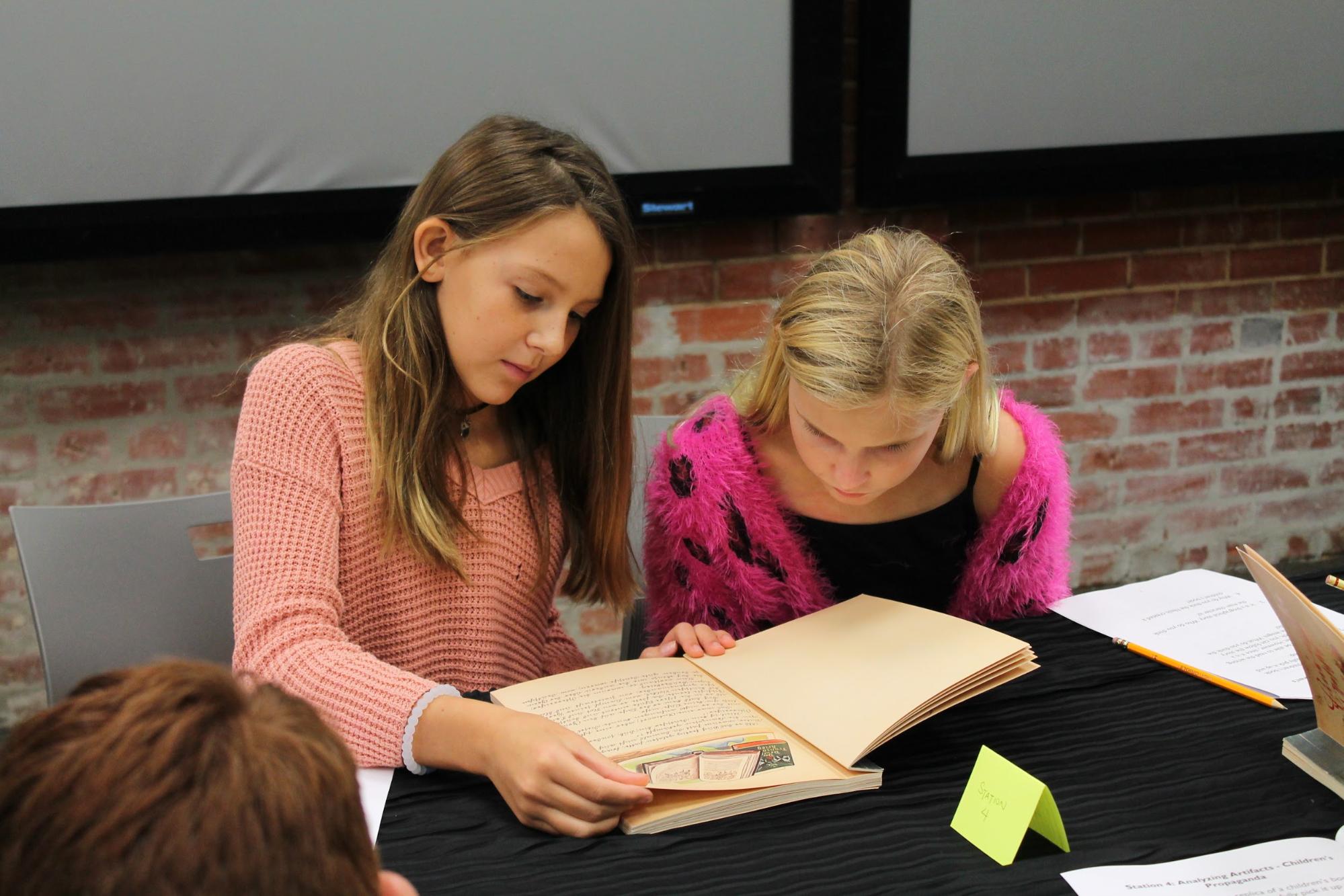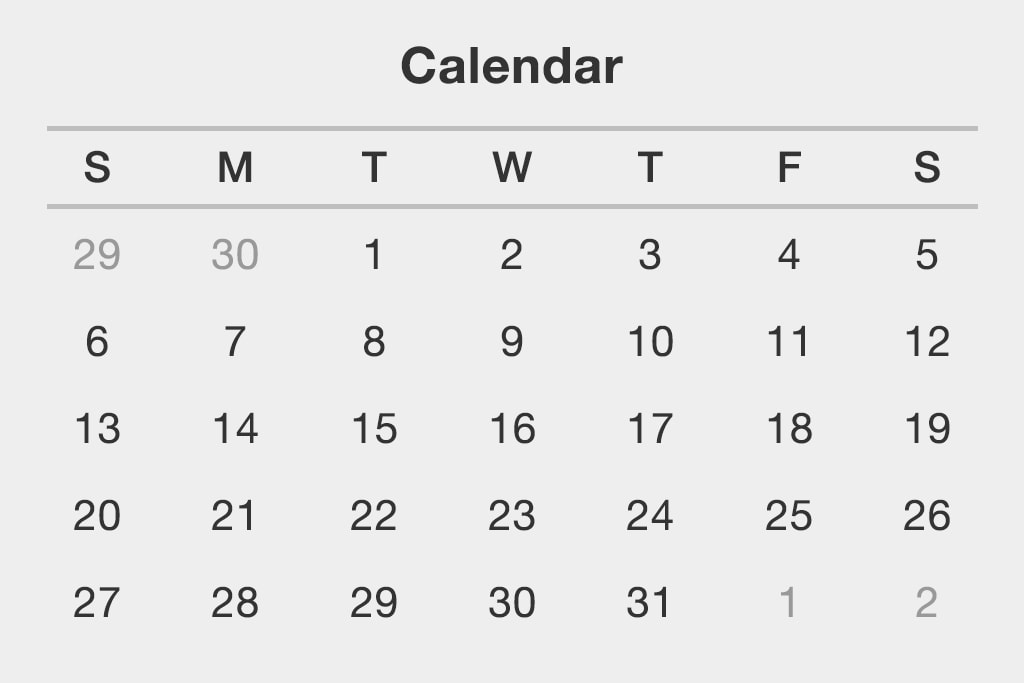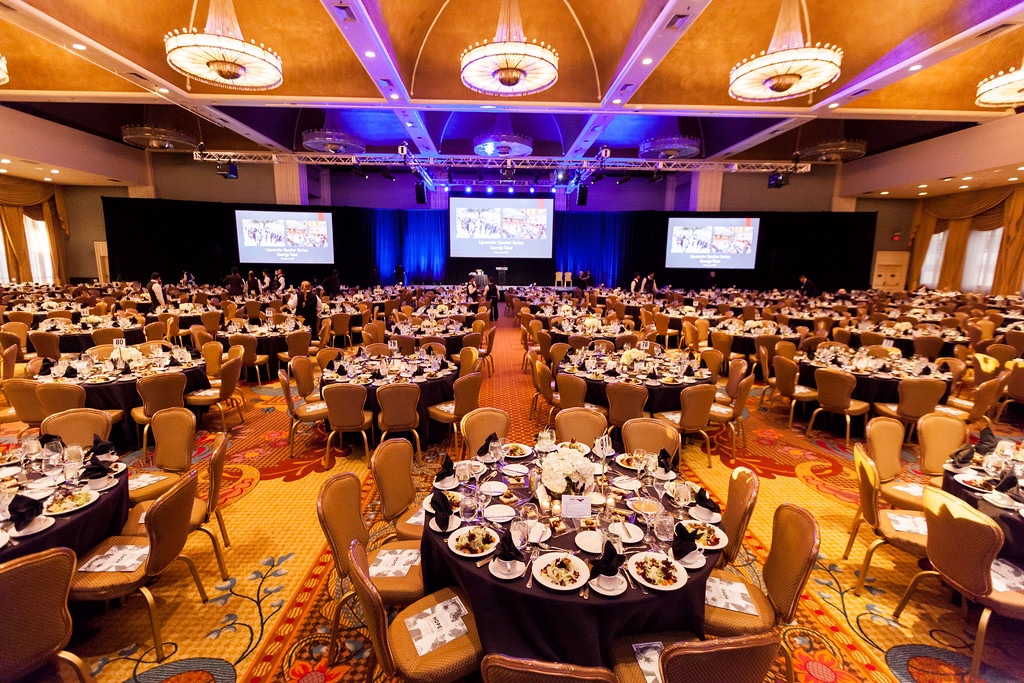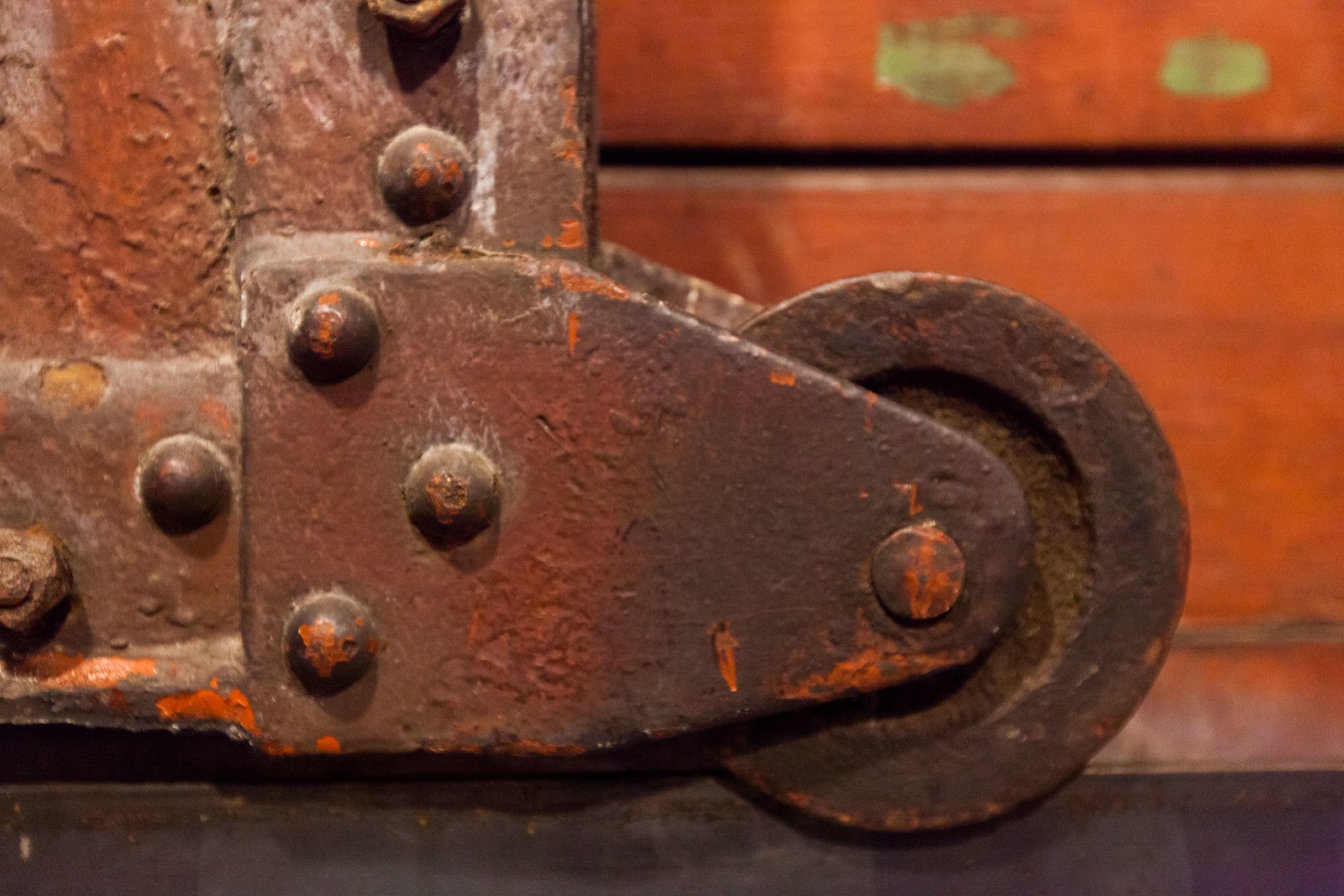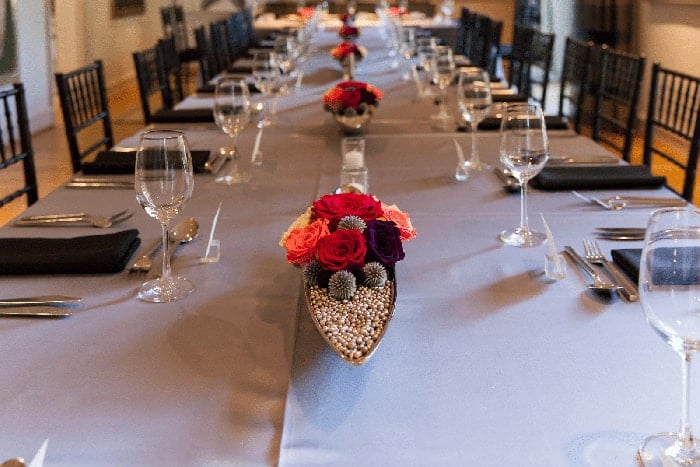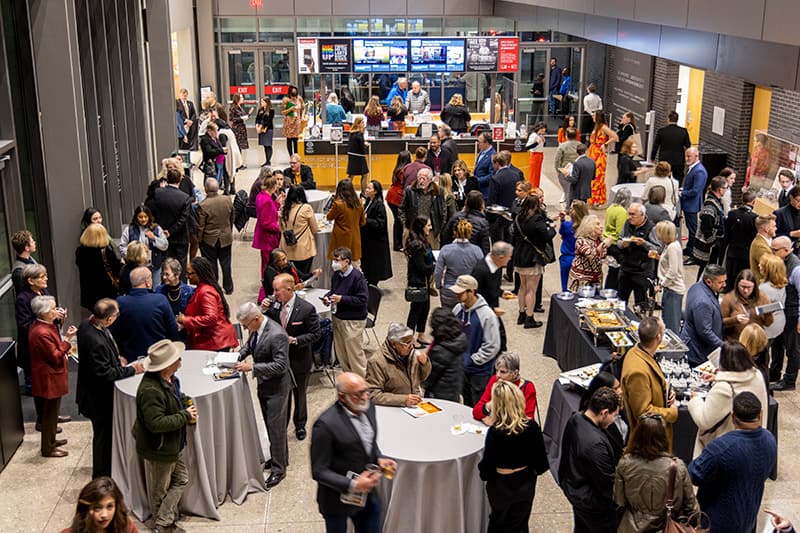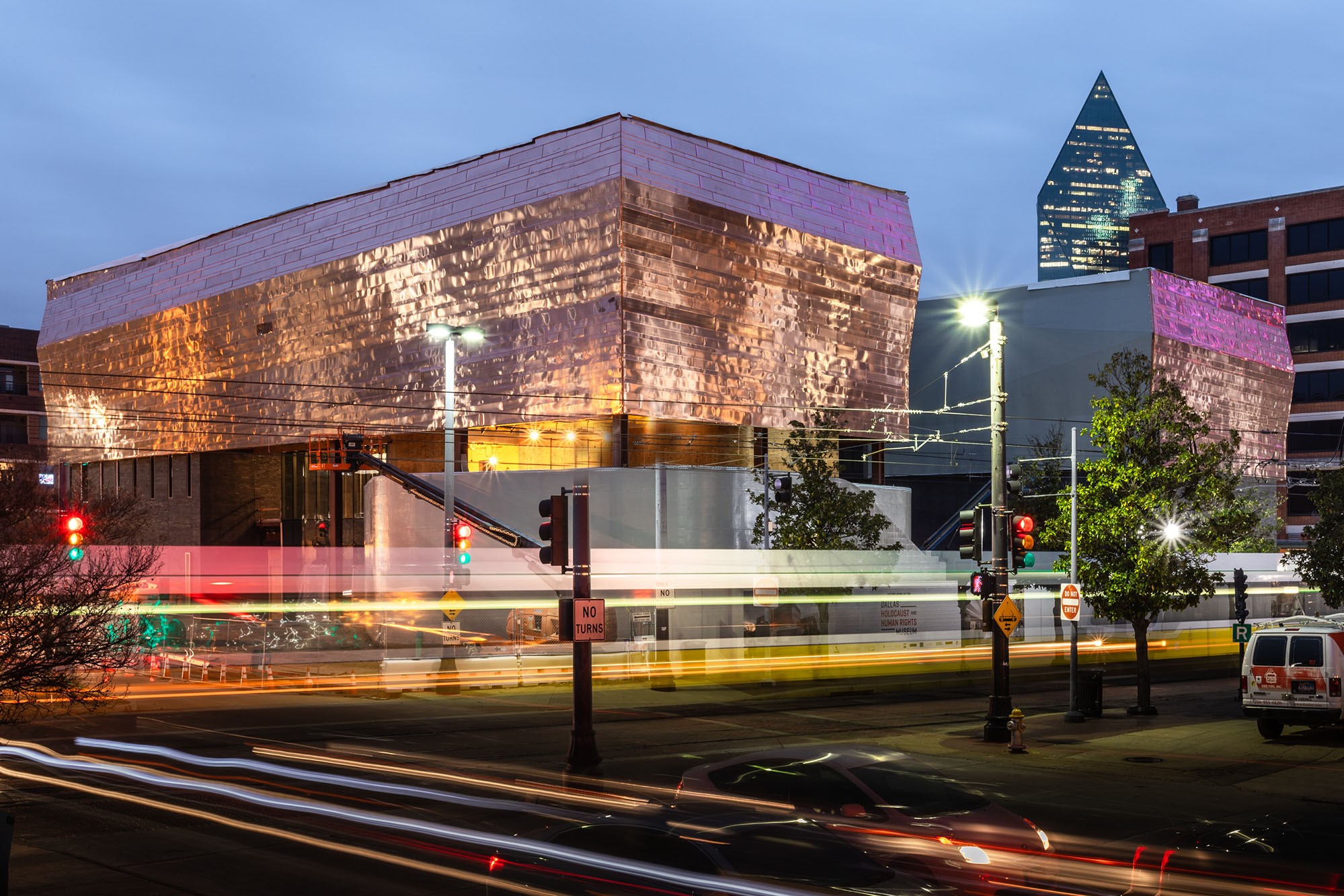SUPPORT
Case for Support
The Museum’s duty to combat hatred has never been more critical than it is today. One need only read a local newspaper or watch the news to know that acts of violence, fueled by hatred and prejudice, are on the rise, both around the globe and here at home.
THE CASE: LOCAL AND GLOBAL RELEVANCE
The Museum’s duty to combat hatred has never been more critical than it is today. One need only read a local newspaper or watch the news to know that acts of violence, fueled by hatred and prejudice, are on the rise, both around the globe and here at home.
Global Relevance
- There are 85 active hate groups in Texas, more than in any other state
- Dallas experienced the deadliest attack on law enforcement since 9-11 with the murder of five officers on July 7, 2016
- Over 1 billion people in the world harbor anti-Semitic attitudes
- Immigrants, refugees and vulnerable groups are under severe scrutiny in the media
- Terrorist attacks across the globe are on the rise
- Genocidal activity is happening today in places such as Syria, Iraq, Sudan, Somalia, Nigeria and the Central African Republic
- There are 72 active KKK chapters in the U.S. as of 2017
Local Relevance
- There are 31 chapters of the United White Knights of the KKK in Texas
- Incivility in public discourse is growing. A school bus of co-eds was filmed chanting racist songs – their chaperones did nothing to stop this behavior
- Bystander behavior is the norm. Bullying, violence, and suicide are rising with the increased use of social media
- The number and influence of hate groups is increasing around the globe
A GROWING DEMAND
- The needs of the North Texas community have outpaced the Museum’s resources due to the growing demand of schools and families
- The current Museum, located in a 6,000 sq. ft. leased space can accommodate no more than 240 visitors at one time
- The 120-seat theater, where students and visitors hear live testimonies from Holocaust survivors, is “standing-room only”
- The Museum’s archives are overfilled with critical documents and rare historical items
- Most Museum programs must be held off-site
- Despite these constraints, the Museum’s visitorship continues to grow substantially each year—from 46,190 visitors in 2012 to almost 80,000 in 2016—and its relevance has never been more evident
- Educators use the Museum as a classroom extension and increasingly request curricula and training to equip themselves to answer difficult questions about hatred, bigotry, and violence from their students
CHANGING LIVES THROUGH EDUCATION
Students make up half of all annual visitors to the Museum. In May 2015, the Museum commissioned an independent study, surveying approximately 1,100 high school and middle school students and their teachers, before and after their visits. The findings are encouraging. They show students blazing a trail of change in their communities.
Effects of Education
- Understanding that passive actions/bystander behavior have negative impacts increased by 56.8% for middle school and 31.1% for high school students
- Capacity to examine their own behavior increased by 19.4% in middle school and 15.7% in high school students
- Awareness of how their behavior influences others increased 35% in both middle school and high school students
Behavior Change
Teachers noted student behavior changes. Those who visited the Museum at least once a year for three consecutive years provided an assessment of observed changes in their students’ behavior following visits to the Museum:
- Over 78% of the teachers surveyed noted students are more tolerant of others and toward lifestyles different from their own
- 79.3% indicated students are more open about sharing their own beliefs and considering the beliefs of others
- 72.6% said students are more questioning about authority and what is considered legal
- 83.3% said students are more willing to stand up for others
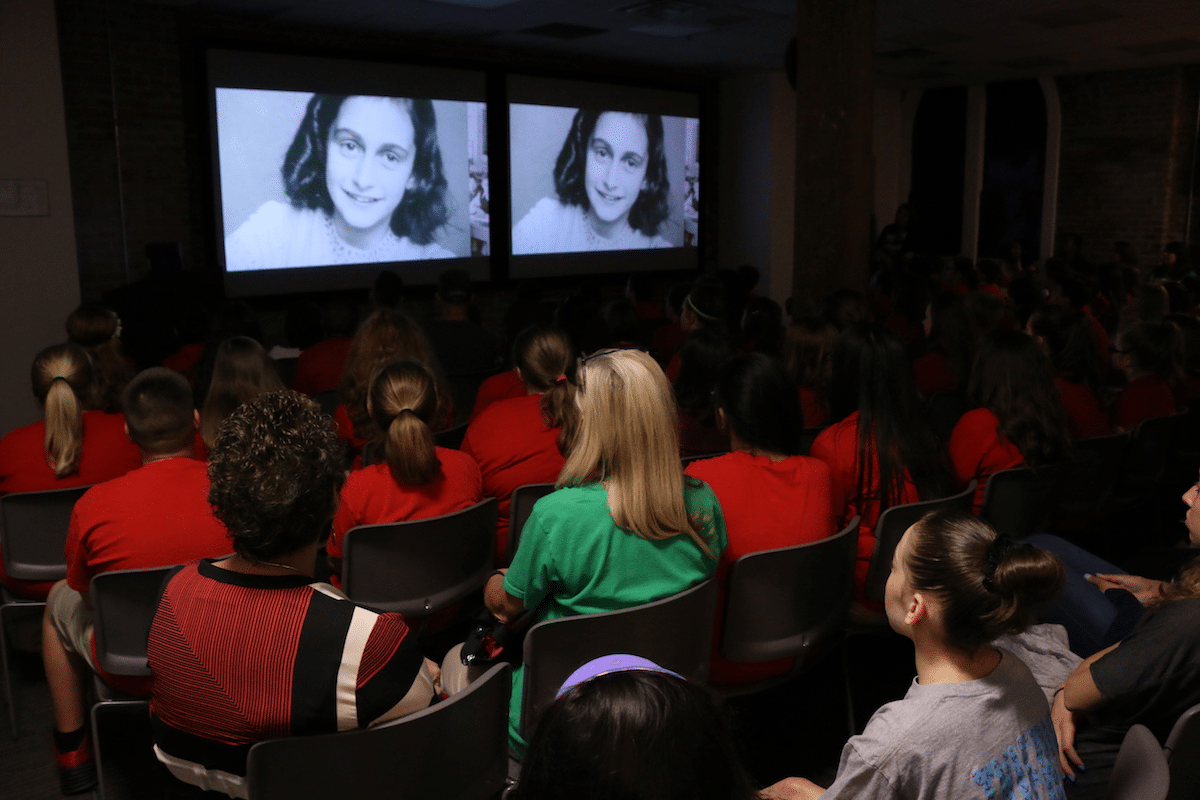
An Immersive, Interactive Journey Unlike Any Other
Please join us for a visit. Unforgettable doesn't begin to describe the experience.
